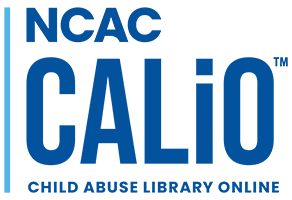Log into CALiO™ or contact the librarians to obtain publications.
Ahern, E. C., Andrews, S. J., Stolzenberg, S. N., & Lyon, T. D. (2018). The productivity of wh-prompts in child forensic interviews. Journal of Interpersonal Violence, 33(13), 2007-2015. DOI:10.1177/0886260515621084
Brubacher, S. P., Benson, M. S., Powell, M. B., Goodman-Delahunty, J., & Westera, N. J. (2020). An overview of best practice investigative interviewing of child witnesses of sexual assault. Child sexual abuse: Forensic issues in evidence, impact, and management (pp. 445-466). Academic Press. DOI:10.1016/B978-0-12-819434-8.00022-2
Lamb, M. E., Malloy, L. C., Hershkowitz, I., & La Rooy, D. (2015). Children and the law. In M. E. Lamb & R. M. Lerner (Eds.), Handbook of child psychology and developmental science: Socioemotional processes (7th ed., pp. 464-512). John Wiley & Sons, Inc.. DOI:10.1002/9781118963418.childpsy312
Lyon, T. D., & Henderson, H. (2021). Increasing true reports without increasing false reports: Best practice interviewing methods and open-ended wh-questions. American Professional Society on the Abuse of Children (APSAC) Advisor, 33(1), 29-39.
Melinder, A., Magnusson, M., & Gilstrap, L. L. (2021). What is a child-appropriate interview? Interaction between child witnesses and police officers. International Journal on Child Maltreatment: Research, Policy and Practice, 3(4), 369-392. DOI:10.1007/s42448-020-00052-8
Price, H. L., & Evans, A. D. (2021). With support, children can accurately sequence within-event components. Applied Cognitive Psychology, 35(4), 890-899. DOI:10.1002/acp.3816
